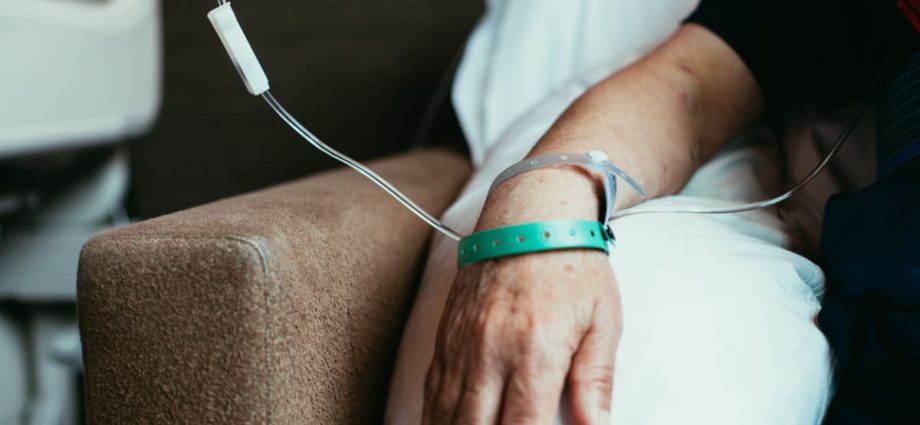
SINGAPORE: From Saturday (Apr 1), Integrated Shield Plans in Singapore will only cover cancer drugs on a government-approved list.
The change is part of efforts to slow the rising cost of cancer treatments here and obtain better drug prices, the government said in announcing the decision in August 2021.
It comes after a major review of MediShield Life, Singapore’s basic health insurance scheme, which found that the country’s spending on cancer drugs grew 20 per cent annually from 2016 to 2019.
If the current trajectory continues, the expenditure is projected to reach S$2.7 billion (US$2 billion) by the end of this decade.
What are the changes?
All Integrated Shield Plans (IPs) from private insurers that are purchased or renewed from Apr 1 will only cover treatments on an approved cancer drug list.
MediShield Life and MediSave, the national medical savings scheme, both implemented the change in September last year.
The number of treatments in the cancer drug list has increased from 270 when it was first published in August 2021 to 340 as of February this year. This covers about 90 per cent of all cancer treatments approved by the Health Sciences Authority.
The remaining treatments are not on the MOH list because “the prices do not yet justify the effectiveness and suppliers are not willing to moderate their prices”, Health Minister Ong Ye Kung said in a written parliamentary reply on Feb 23.
“But we will continue to work with them in good faith and try to expand the list,” he said.
What does this mean for IP holders who need cancer drugs not on the list?
Singapore has seven insurers that offer IPs – AIA, Prudential, Income Insurance, HSBC, Great Eastern, Raffles Health Insurance and Singlife.
All insurers will maintain the current IP coverage of policyholders at least until Sep 30 this year, Mr Ong said.
Beyond Sep 30, cancer patients whose treatments are not on the MOH list may still be covered by IP riders or other insurance plans they have. If not, they would have to shift to treatments that are already on the list.
Those who require treatments not on the list and are unable to pay can opt for subsidised care at public healthcare institutions, where they may apply for financial assistance.
How else will IP coverage change for cancer patients?
Currently, most IPs cover outpatient cancer drug treatments “as charged”, excluding the deductible and co-payments borne by patients.
From Apr 1, IPs will only pay up to five times the MediShield Life claim limit for cancer treatment. This means that the coverage for most policyholders will be lower.
The MediShield Life claim limit for cancer treatment depends on the drug used, but could range from S$200 to S$9,600. If more than one cancer drug from the list is used in a month, the patient can only claim for the most expensive one.
To reduce their out-of-pocket expenses for medical bills, cancer patients who are IP holders will most likely have to opt for insurance riders, which are add-ons to their basic policy.

